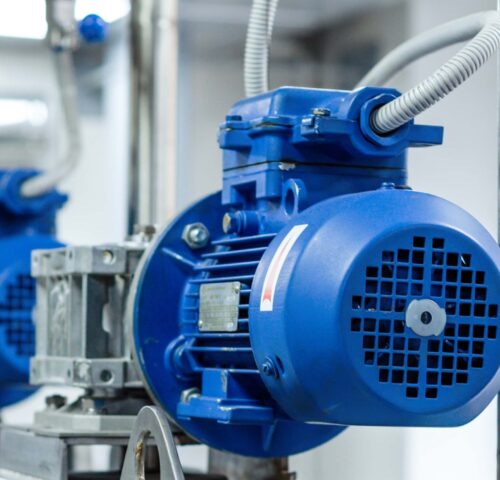Here’s a basic overview of how Motor Current Signature Analysis works and how you can implement it in a factory:
- Data Acquisition:
Install current sensors or transducers on the motor’s power supply lines to capture the electrical current waveform.
These sensors should be connected to a data acquisition system that records and processes the current data.
- Baseline Data Collection:
Initially, when the motor is in good condition, collect baseline data by monitoring the motor’s current overtime during normal operation.
This baseline data serves as a reference for identifying deviations and anomalies in the future.
- Data Analysis:
Analyze the current waveform using specialized software or algorithms.
Look for specific patterns and frequencies in the current signal, which can indicate the presence of various faults or issues, such as misalignments, imbalance, bearing wear, rotor defects, or electrical problems.
The software may perform Fourier transforms to identify specific frequency components in the current signature.
- Fault Detection:
As the motor continues to operate, continuously monitor the current signature.
Compare the real-time data to the baseline data and predefined thresholds.
If deviations or abnormal patterns are detected (e.g., an increase in certain frequency components), this can indicate a potential issue or fault in the motor.
- Alarm and Maintenance Alerts:
When an abnormality is detected, the system can trigger an alarm or alert to notify maintenance personnel.
Maintenance teams can then schedule maintenance or inspections to address the identified problem before it leads to motor failure.






